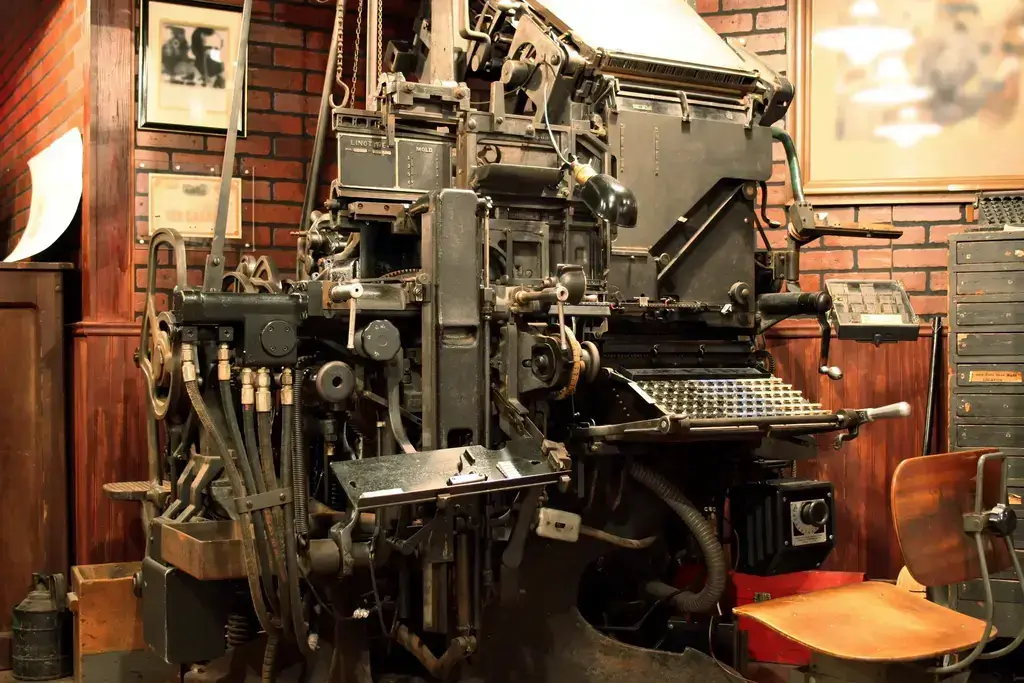Typesetting is at the heart of what we do when it comes to working with publications. But, what do we actually do under the umbrella of ‘typesetting’ and, more to the point perhaps, how does it add value to you?
What does typesetting mean?
First off, what it is. Typesetting, as defined by the Cambridge Dictionary, is the activity of arranging printed text and images on the page when preparing a book, newspaper, etc. for printing
It’s therefore best to consider it as a graphic design discipline. As in other areas of graphic design there are some fundamental rules to follow which we’ll set out here.
The reason it and its rules are so important is because, when done well, it helps your readers understand what you’re saying.
How does typesetting add value?
The rules we follow allow us to reduce the likelihood of eyestrain and thus increase the likelihood of those who pick up your publication to read until the end. If your content lacks flow and is difficult to follow because it has not been typeset properly, the likelihood of people reading it to the end significantly decreases.
For example, two of the things we look out for when typesetting are what’s known as ‘widows and orphans’. This is when you have one small lonely word at the bottom of a paragraph of text (widow) or at the top of the page (orphan) instead of on the previous page. These matter because they look messy and so are distracting, this distraction breaks the reader’s flow which often results in someone having to re-read what they’ve just read.
Typesetting doesn’t just involve checking for rogue words that break a reader’s flow though. It also utilises a number of key techniques: leading, kerning, and alignment which all aid in delivering you a visually appealing document which will be a breeze for readers to follow.
In addition to delivering an aesthetically pleasing look typesetting helps solidify your tone of voice or message. The selection and arrangement of type, when done well, reinforces a brand message.
For example, using a serif typeface can convey a formal or conservative message, while using a sans-serif typeface can convey a more informal or contemporary message. Through consistency in use and application you will solidify your brand identity, creating stronger brand recognition.
Last but by no means least, typesetting is of the utmost importance when it comes to achieving accessibility. Not only do leading and kerning come into play but typeface selection, text size, text alignment and colour contrast are all contributing factors for designing something that’s accessible.
This is just a flavour of all the different elements and factors considered by our team when typesetting, we’ll be considering some of these in more detail and how they can elevate your work in future posts.




